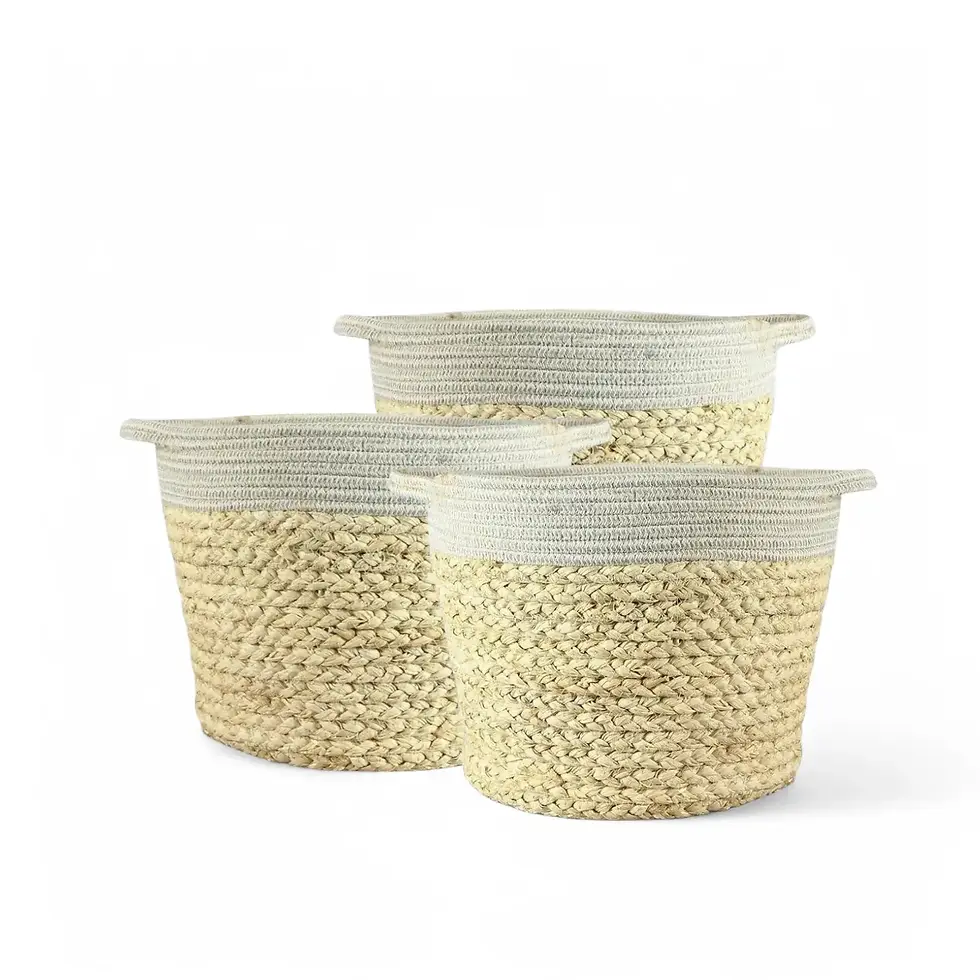Citrus hystrix (Kaffir Lime) - Complete Care Guide
Citrus hystrix, also known as Kaffir lime or Makrut lime, is a stunning citrus plant loved for its aromatic double-lobed leaves and its bumpy, green fruits. Its glossy, evergreen foliage releases a distinct citrus fragrance when touched. Whether for decoration or culinary use, Kaffir lime is a fantastic addition to any indoor garden.
Key Features and Benefits
- Unique Foliage: Glossy, deep green, double-lobed leaves.
- Aromatic Fruits: Small, knobbly limes mature from green to yellow.
- Culinary Essential: Leaves and fruit add bold citrus flavors to curries and soups.
- Year-Round Appeal: Evergreen with fragrant white blooms.
- Natural Air Freshener: Releases a refreshing citrus scent.
Native Habitat and Growth
Native to Southeast Asia, Kaffir lime thrives in warm temperatures (25°C-30°C) and high humidity. Indoors, it reaches up to 1.5m with an upright, compact growth habit.
Care Guide
- Placement: Bright, sunny spot near a south-facing window.
- Light: Requires 6-8 hours of direct sunlight daily supplement with grow lights if needed.
- Watering: Allow the top 2-3 cm of soil to dry before rewatering.
- Humidity: Prefers 40-60% use a humidifier in dry environments.
- Temperature: Thrives at 20°C-30°C protect from cold drafts and frost.
- Soil: Well-draining, slightly acidic mix blend potting soil with sand and perlite.
- Repotting: Every 2-3 years in a pot with drainage holes.
- Fertilizing: Feed every 4-6 weeks with a citrus fertilizer.
- Propagation: Best via semi-hardwood cuttings.
- Semi-Hydroponics: Adapts well to semi-hydroponic setups with proper nutrients.
- Pruning: Encourages bushy growth and improves airflow.
- Pollination: Hand-pollinate flowers indoors to enhance fruit yield.
Common Issues and Solutions
- Pests: Treat aphids, spider mites, and scale with neem oil.
- Yellow Leaves: Caused by overwatering or nutrient deficiency.
- Root Rot: Ensure good drainage and avoid excessive watering.
- Browning Leaf Tips: Adjust humidity and flush soil occasionally.
- Drooping Leaves: Check for underwatering or temperature stress.
- Fungal Issues: Improve airflow and avoid wetting leaves.
Additional Tips
- Rotate the pot regularly for even growth.
- Wipe leaves occasionally to boost photosynthesis.
- Provide light support for branches when fruiting.
Etymology
"Citrus" comes from classical Latin, while "hystrix" means "hedgehog" in Greek, referencing the plant’s thorny branches.
FAQs
- Can Kaffir lime grow indoors year-round? Yes, with proper light and warmth.
- How often can I harvest the leaves? Regularly, while leaving enough for healthy growth.
- Is the fruit edible? Yes, the zest and juice add bold citrus flavor to dishes.
- Does Kaffir lime adapt to hydroponics? Yes, with proper nutrient care.
- How can I encourage fruiting indoors? Ensure ample sunlight, hand-pollinate flowers, and fertilize regularly.
Order Your Citrus hystrix Today! Bring the vibrant beauty of Kaffir lime into your home. Enjoy its fragrant leaves, exotic fruits, and endless culinary possibilities!
Citrus hystrix (Kaffir lime)
Citrus hystrix is approximately 70 cm tall and comes in a ⌀ 22 cm pot.

























































